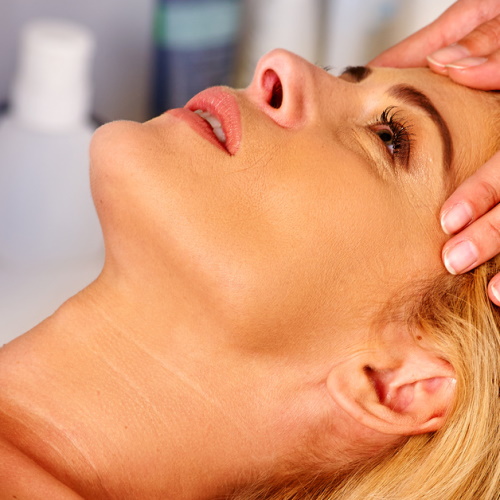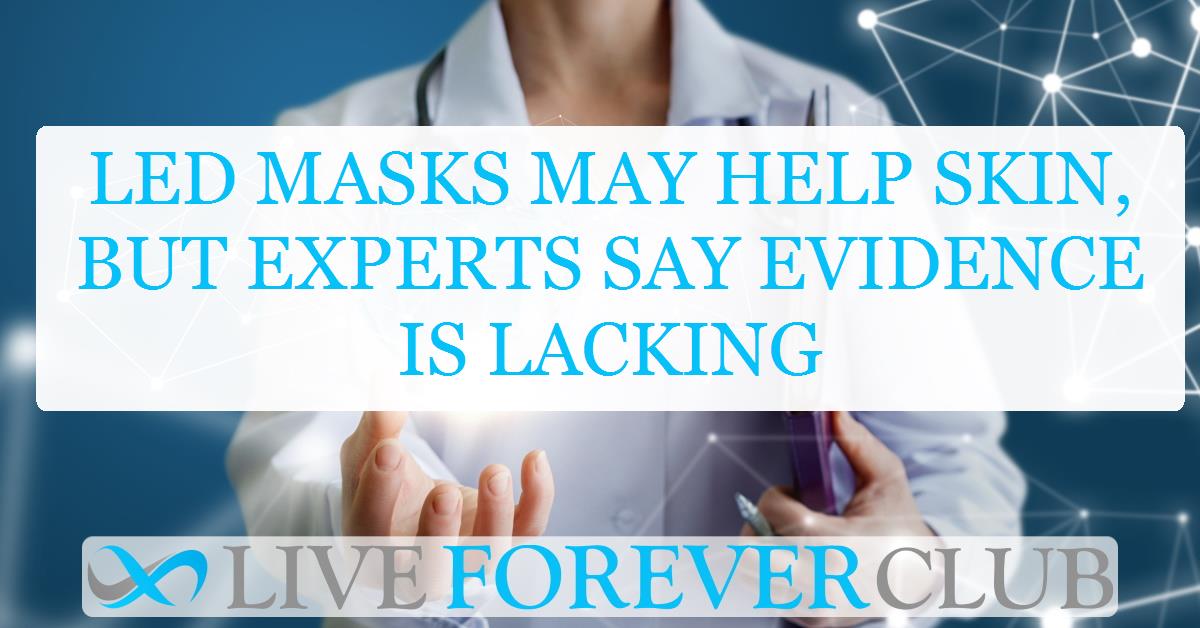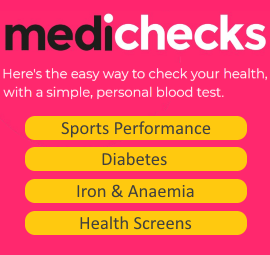Key points from article :
LED technology, long used in medical settings for acne and psoriasis, is now a booming at-home industry, with masks and devices ranging from £40 to £1,500. These products use light-emitting diodes (LEDs) to stimulate skin cells through photobiomodulation (PBM). According to consultant dermatologist Dr. Jonathan Kentley, “This allows new blood vessels and skin cells to be formed, along with more collagen and elastin.” However, while medical-grade LED treatments have been studied for years, at-home versions lack strong clinical evidence.
NASA initially explored LED technology in the 1990s for cell regeneration, and medical professionals have since used high-powered LED devices in clinics. At-home masks, available for about five years, differ from professional devices in LED strength, number of bulbs, and proximity to the skin.
Social media has played a major role in popularizing LED masks, particularly among younger generations. Many users claim improvements in skin tone and reduced breakouts, but these results are largely anecdotal. Without large-scale clinical trials, it remains unclear how effective at-home masks truly are.
As interest in non-invasive skincare grows, companies producing LED masks market them as an alternative to professional treatments. While some use similar technology to medical devices, the energy levels in at-home versions are significantly lower, raising doubts about their long-term effectiveness.
Dr. Kentley states that while PBM is generally safe, studies on its effectiveness are inconsistent and often funded by manufacturers. “There have been many experimental and clinical studies into the use of PBM for various dermatologic conditions, however they have varied in the parameters of the device and treatment protocols,” he explains. “Many of these studies were small and unstandardised and often paid for by the manufacturers so it is difficult to draw concrete conclusions.”
He emphasizes that LED masks should not replace medical treatments. “I don’t want to discourage anyone who is intrigued by the technology,” he says, “but I want them to understand that this is a lot of money to spend on a device, which could potentially support a good skincare routine... but it’s unlikely to do enough on its own.”






